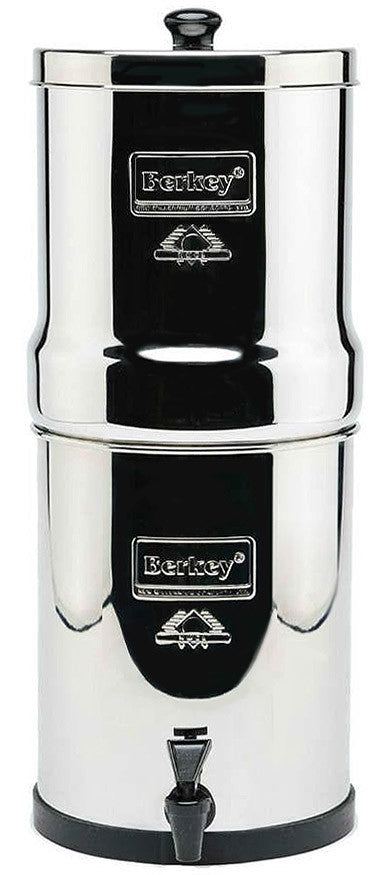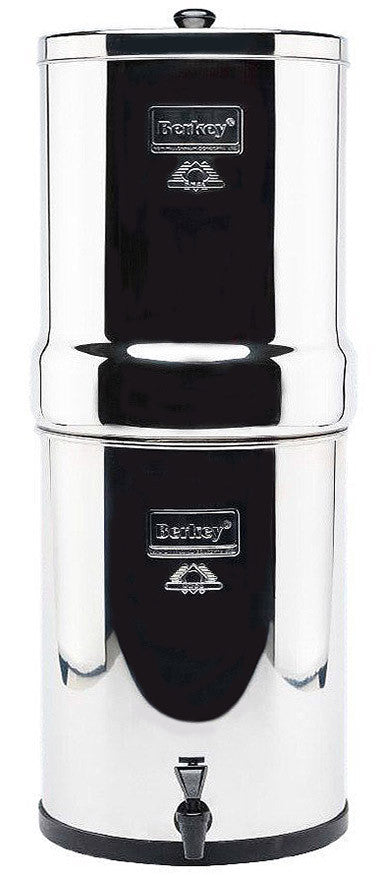
Our planet is 75% water, which is why it is known as the Blue Planet. However, 97.5% of that water is saltwater, and 2.5% is freshwater.
However, we use 10 billion tons of freshwater worldwide each day.
Many environmentalists and organizations say our water supply is declining; however, few pay attention.
For what reason would it be advisable for them?
They see water everywhere. However, more than 1 billion people in developing nations lack access to safe drinking water, and the USA uses 3.9 trillion gallons of water each month.
According to the World Health Organization, 80% of all diseases in developing nations are water-related. By 2025, the United Nations projects that 30% of the total population in 50 nations will face water shortages.
Water shortages are more concerning today than ever before. We are not exclusively using our accessible supply. Our population is growing, and with it, demand is rising.
Global warming is intensifying the issue. If we do not pay attention, we will soon have a water crisis and live on a blue planet without safe drinking water.
Our Average Water Usage
We use water for drinking, showering, washing our clothes, and using it in our products.
A normal individual requires 5 liters of water daily to survive in a moderate atmosphere with little activity. A normal American uses 100 to 175 gallons of water daily.
Globally, we consume around 4 trillion cubic meters of freshwater a year!
Agriculture alone can use 75-90% of an area's accessible freshwater. Did you realize that one ton of grain requires 1,000 tons of water? The steak you eat requires 1,232 gallons of water. I suppose that never entered your thoughts…

Water Use in the United States
The United States is blessed with abundant water resources compared to numerous other nations around the globe. However, water conservation and protection remain vital because water is limited, and no spot is immune to the dry season.
Water use has dropped significantly over time through conservation and efficiency. Yet, progressively, it should be done to guarantee stable water supplies as environmental change makes precipitation and climate conditions increasingly unstable.
The nation's total population is expected to be 4.3 percent, yet it contains more than 7 percent of the world's renewable freshwater resources. It is home to the largest freshwater lake system on the planet—the Great Lakes—which holds 6 quadrillion gallons of water (a 6 followed by 15 zeros).
Furthermore, the powerful Mississippi River flows 4.4 million gallons (16,792 cubic meters) per second at its mouth in New Orleans, supplying water to around 15 million people along the way.
As tremendous as the United States' water resources may be, they are not limitless. This water should be protected and preserved, particularly given that the typical American water footprint—or the total amount of water specifically and indirectly consumed—is almost double the global average.
Main water resources like the Colorado River and the Ogallala Aquifer, which span portions of eight states in the High Plains, have experienced essentially diminished water levels since human demand has outpaced natural recharge.
Dry seasons, characterized by below-normal precipitation, can occur anywhere and rapidly reduce water supplies.
For instance, the verifiably serious US Drought of 2012 affected most of the nation and caused many water-related issues, including major crop failures. Likewise, climate change will continue to affect water supplies by adjusting precipitation patterns.
Indeed, a report by the Natural Resources Defense Council and Tetra Tech found that 70 percent of US counties could face water shortages by 2050, due to pressure from climate change, population growth, and economic development.
Additionally, a GAO report found that water supervisors in 40 of 50 states expect water shortages in the coming 10 years, regardless of drought conditions. The majority of this provides real evidence of how water is used in the United States.

This table shows the water withdrawals in the United States by Sector, 2015
An up-and-coming trend has emerged in recent years, with individuals and businesses in the United States reducing water use.
Since the USGS water report in 2010, the US has reduced its water withdrawals by 9 percent, to the lowest level in 45 years.
This is quite a bit due to the more noteworthy water and energy professional installations, advancements, and procedures, yet significantly more needs to be done.
Worldwide Comparisons
A similar UN report showed that the US ranked highest in per capita water use, with Australia and Italy rounding out the top three consumers.
To give some perspective, residents of Mozambique used just 4 gallons of water daily. Being just average implies that many Mozambicans have lost access to water, with tragic consequences.
This issue continues and is expected to worsen. UN-Water predicts that by 2025, 1.8 billion individuals will live in complete water shortages, and that 66% of the total population will live under restricted water resources.
Although Westerners have been undertaking this task, it is not their responsibility to provide water to those who lack it. A definitive objective is to provide help, education, and a case of capable protection when clean water is finally perceived as the world's most significant resource.
Sources and Methods
-
The total population is growing by about 80 million individuals every year.
-
Changes in lifestyles and eating habits have lately been increasing per capita water use.
-
Biofuel production has likewise expanded strongly recently, which has a significant impact on water demand. Between 1,000 and 4,000 liters of water are required to produce 1 liter of biofuel.
-
Energy demand is likewise rising, with suggestions for water needs being compared.
Bringing it All Back Home

Most of the water used in an individual's home is for uses that don't require intense purification, such as watering the yard and flushing the toilet. Water that isn't too polluted can be reused as greywater for non-consumptive purposes to conserve resources.
Water is withdrawn, some of which goes through individuals' showers and sinks. It is consumable, meaning it is perfect for drinking.
Water is also used for business and industrial purposes to generate the products and enterprises that individuals consume daily. Far-reaching water conservation goes beyond sparing water at home.
To conserve significant volumes of water, the nation needs to save every water-intensive step in its production.
For example, food is eaten and clothes are purchased to power homes.
This implies changing how water, wastewater, and energy systems operate and how individuals consider how water is used in everyday activities and services.
← Older Post Newer Post →





